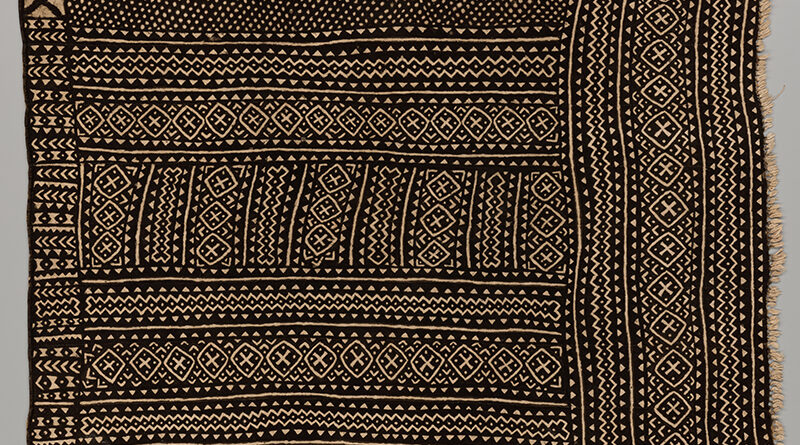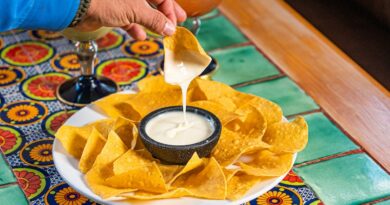DMA Presents ‘Bamana Mud Cloth: From Mali to the World’
Mud cloth, or bogolanfini, originated among the Bamana peoples of Mali hundreds of years ago. Today, its distinctive designs can be spotted in products across the world, although the source is not always credited.
Opening Nov. 13 at the Dallas Museum of Art (DMA), a new exhibition of recently acquired textiles explores the labor-intensive process behind the dye-decorated cloth, as well as the cultural significance of its motifs and designs. Bamana Mud Cloth: From Mali to the World is on view through Dec. 4, 2022, and is included in free general admission. The exhibition was curated by Dr. Roslyn A. Walker, the DMA’s Senior Curator of the Arts of Africa, the Americas, and the Pacific and The Margaret McDermott Curator of African Art.
“Bamana Mud Cloth continues a series of focused exhibitions featuring textiles from our renowned collection of African art, illuminating both the artistry of their creation and their importance to the communities they come from,” said Dr. Agustín Arteaga, the DMA’s Eugene McDermott Director. “The bogolanfini exhibited here are stunning examples of the patterned forms the Bamana peoples use to represent a wide range of symbols and beliefs. The designs might look familiar to visitors given their appropriation over the last several decades, but we are proud to highlight their origins and authentic meanings.”
The Bamana peoples of Mali traditionally used bogolanfini to make tunics for men (hunters and warriors) and wrappers for women. The cloths in the exhibition are almost all wrappers made in rural areas, although bogolanfini is also common in urban settings.
The traditional process of making bogolanfini is labor-intensive and takes around two weeks. First, men weave local cotton into strips that are sewn together. The cloth is dyed with a solution of pounded leaves and bark, and, after drying in the sun, it becomes shades of yellow. Fermented mud dye is then used to decorate the cloth. To begin patterning, the artist (traditionally a woman) divides the cloth into sections and outlines designs for each section. A dark background is created around the designs by alternately applying mud, drying, and washing the cloth over time. In the final stages, bleach, caustic soda, or millet soap is carefully applied to the pattern until a suitable brightness is achieved.
The exhibition traces certain motifs and their meanings. For example, the peanut shell pattern, represented as a grid of dots or crosshatching, relates to a Bamana proverb about family unity. The proverb states, “If one shells peanuts alone, there are too many shells,” meaning problems should be solved together. An open-sided diamond encasing a dot is known as a lizard’s head, and is associated with healing, wealth, and femininity. Small dots used to embellish other designs or enliven dark areas of the cloth are known as little stars.
The geometric designs derived from bogolanfini have been part of the Western visual vocabulary since the 1970s. American fashion designer Norma Kamali is credited with popularizing the designs in the U.S.; however, it was Malian designer Chris Seydou who debuted bogolanfini motifs and fabric on the runways in Paris. Today, the distinctive designs are found on a variety of textile products, from home furnishings to haute couture.
“After 40 plus years, Bamana mud cloth patterns, like those on Asante kente and Kuba raffia cloths, continue to be a source of inspiration for the world’s designers of haute couture and household furnishings,” said Dr. Walker. “This exhibition recognizes the African women who for more than 50 years have created this textile art form that has become so much a part of the fabrics of our contemporary lives.”








